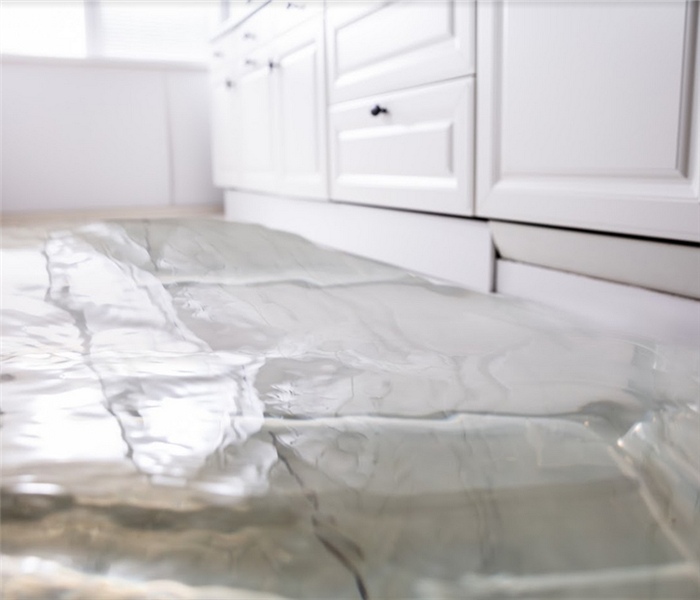Why Drying Is Crucial in Flood Damage Repair in Staunton Homes
5/13/2022 (Permalink)
 Regardless of the room that flooding overtakes, team SERVPRO can help. Contact us for water removal and flood damage remediation services. Call 24/7.
Regardless of the room that flooding overtakes, team SERVPRO can help. Contact us for water removal and flood damage remediation services. Call 24/7.
Flood Damage Restoration in Staunton Properties
Once there has been flooding in your home, many issues can develop. Water has damaging properties; for example, when wood framing, drywall, and subfloors become saturated with water, they deteriorate. Even if you successfully remove all standing water, most materials remain wet. You still have to dry out the wet areas to restore your Staunton home to its preloss conditions.
The biggest problem with repairing flood damage in your Staunton homes by yourself is the risk of using low-grade equipment that might not completely dry out wet areas. Any residual moisture can create a perfect environment for mold and mildew if not quickly dealt with.
Other reasons you need professional help
- Sufficient workforce for faster turnaround
- Better restoration techniques
- Third-party recommendations for additional services
Drying techniques
Moisture migrates widely once a property floods. Therefore, the drying procedures must also have the capacity to reach vast or concealed areas. A faster turnaround is an added advantage since it minimizes the chances of rot and other severe deterioration. Drying techniques vary based on the medium used to facilitate the process. Common approaches include manipulating airflow, using containment barriers, and manipulating temperature using equipment or other resources.
Moisture removal resources
- Drying chambers
- Air movers
- Dehumidifiers
Creating a chamber isolates the areas being dried from the rest of the structure, creating several advantages. The most important aspect is the superior ability to regulate all the factors that support drying, including heat, airflow, and humidity. Our SERVPRO teams use plastic sheets to create a chamber that can cover only a section such as a floor surface or an entire room. We then circulate warm, dry air inside the chamber and dehumidify the air exhausted from within.
SERVPRO of Rockingham and Augusta Counties helps expedite the process of drying out and recovering from flood damage "Like it never even happened." Call us at (540) 433-6100.





 24/7 Emergency Service
24/7 Emergency Service